It may seem easy to take a picture of the moon. The truth is, it's really easy. The following cookbook will give you at least a reliable foundation.
What is needed for this?
In addition to the camera, of course, you need a suitable lens. Long lens. I consider something around 600 mm to be ideal, a two hundred is the minimum with which it makes sense to try something at all.
The second thing you need is a tripod. Although the Moon can be photographed even in short times (even around 1/200 s), it is usually difficult to keep a long focus in hand.
Může se zdát, že vyfotit Měsíc je snadné. Pravda je taková, že je to opravdu snadné. Přesto se to leckomu nedaří. Následující kuchařka vám dá aspoň spolehlivý základ, od kterého se můžete odpíchnout.
Co je k tomu potřeba?
Kromě fotoaparátu potřebujete samozřejmě vhodný objektiv. Dlouhý objektiv. Za ideál považuji něco kolem 600 mm, dvoustovka je tak minimum se kterým má smysl se o něco vůbec pokoušet.
Druhá věc, kterou potřebujete, je stativ. I když Měsíc se dá fotit i krátkými časy (i kolem 1/200 s), udržet dlouhé ohnisko jen v ruce je většinou obtížné.
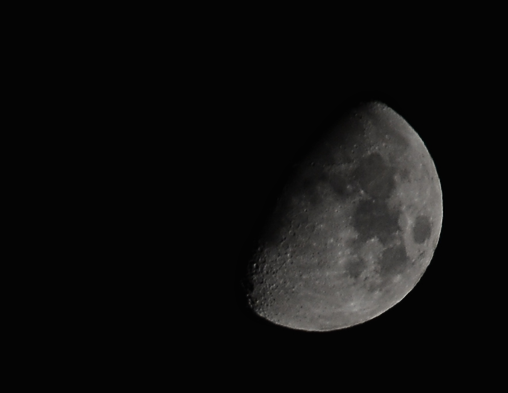
When to photograph the Moon?
It is offered to take pictures in the full moon, when it is most visible. But in my opinion, it is better to take pictures when the moon is in the first or last quarter, because the oblique sunlight at the interface of light and shadow makes the craters stand out.
Kdy fotit Měsíc?
Nabízí se fotit v úplňku, kdy je ho vidět nejvíc. Podle mě je ale lepší fotit, když je měsíc v první nebo poslední čtvrti, protože šikmé sluneční světlo na rozhraní světla a stínu dává vyniknout kráterům.

How to expose?
Mount the camera on a tripod, rotate the zoom to the maximum, and turn on LiveView (if you have one). It's because of the focus. Namely, a dark sky with a shining moon is not entirely ideal for autofocus. So switch the lens to manual, maximize the image on the display and try to focus manually.
You can leave the exposure on the machine, but you must have the spot metering set directly to the Moon. Otherwise, the contrast between the dark sky and the shining moon will reliably cause overexposure. Therefore, try manual adjustment here as well: Set the exposure for the start to ISO 100, aperture 8, time 1/60. If you do not have a remote shutter release, set the self-timer and shoot. And that's it - the picture of the Moon is on the card.
Of course, the exposure parameters given by me are not a dogma, but it is such an average that the image succeeds. You can experiment with longer or shorter times, you can try auto or scenic regime as you like. If it is a clear night, the Moon will not run anywhere quickly, so you can try what suits you, even for hours.
Jak exponovat?
Připevněte fotoaparát na stativ, zoom vytočte na maximum a zapněte LiveView (pokud máte). Je to kvůli ostření. Totiž temná obloha se zářícím Měsícem není pro automatické ostření úplně ideální. Takže přepněte objektiv na manuál, zvětšete obraz na displeji na maximum a zkuste zaostřit manuálně.
Expozici můžete nechat na automatu, ale musíte mít bodové měření nastavené přímo na Měsíc. V opačném případě kontrast temné oblohy a zářícího Měsíce způsobí spolehlivě přeexpozici. Proto zkuste i zde manuální nastavení: Nastavte expozici pro začátek na ISO 100, clona 8, čas 1/60. Pokud nemáte dálkovou spoušť, nastavte si samospoušť a exponujte. A je to – obrázek Měsíce je na kartě.
Samozřejmě mnou udávané expoziční parametry nejsou žádné dogma, ale je to takový průměr, kdy se snímek podaří. Můžete experimentovat s delšími či kratšími časy, můžete zkoušet automatickou expozici, automatické ostření, jak je komu libo. Je-li jasná noc, Měsíc vám nikam rychle neuteče, a tak si můžete zkoušet, co vám bude vyhovovat, třeba i hodiny.
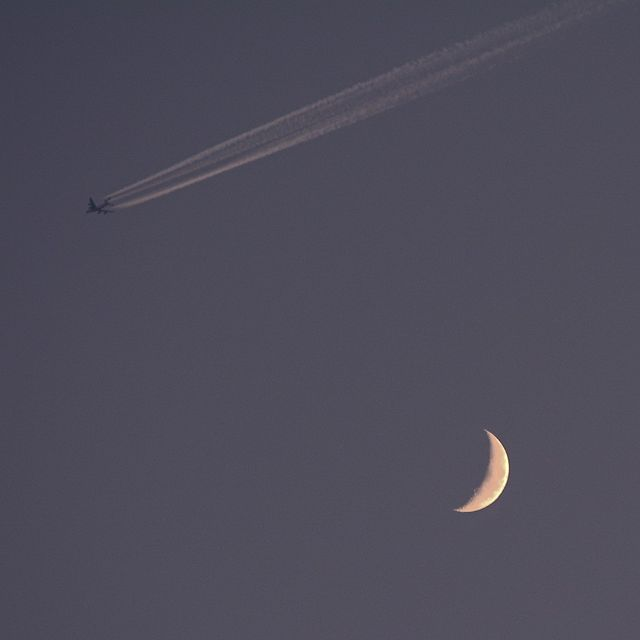
Landscape with the moon
The Moon itself is an interesting object, but it can prove boring - it still looks the same. If you're not just shooting the moon's disk or the crescent, but you're shooting the night landscape, you have to reckon with two things: The moon shines much more than it seems, so it's likely to be overexposed. The second thing is that very long times are used in night shots, and the movement of the Moon in the sky is not negligible - it is faster than it seems, and a few minutes of exposure will make the Moon a sausage :) . The duration of the Moon's exposure should not exceed say 30 seconds.
Krajina s Měsícem
Samotný Měsíc je zajímavý objekt, ale může se ukázat nudný – pořád vypadá stejně. Jestliže nefotíte jen samotný měsíční kotouč nebo srpek, ale fotíte noční krajinu, musíte počítat se dvěma věcmi: Měsíc září mnohem více, než by se zdálo, takže nejspíš bude přeexponovaný. Druhá věc je, že při nočních snímcích se používají velmi dlouhé časy a pohyb Měsíce na obloze není zanedbatelný – je rychlejší, než by se zdálo, a několikaminutová expozice vám udělá z Měsíce špekáček. Délka expozice Měsíce by neměla přesáhnout řekněme 30 sekund.
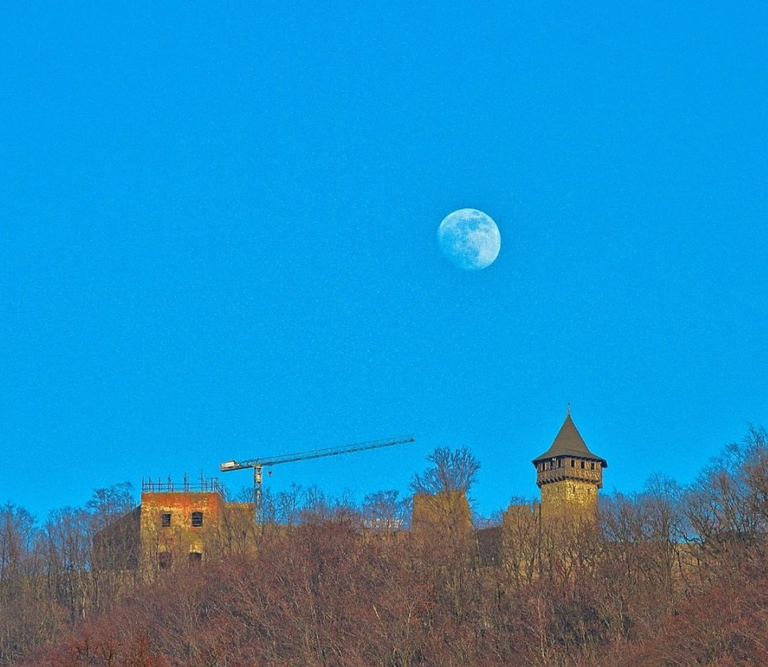
And as is clear from the attached picture - night is not the only time suitable for photographing the Moon. You can also take pictures of the landscape with the moon during the summer afternoon.
A jak je z přiloženého snímku zřejmé – noc není jediný čas vhodný pro focení Měsíce. Krajinu s Měsícem můžete vyfotit i během letního odpoledne.
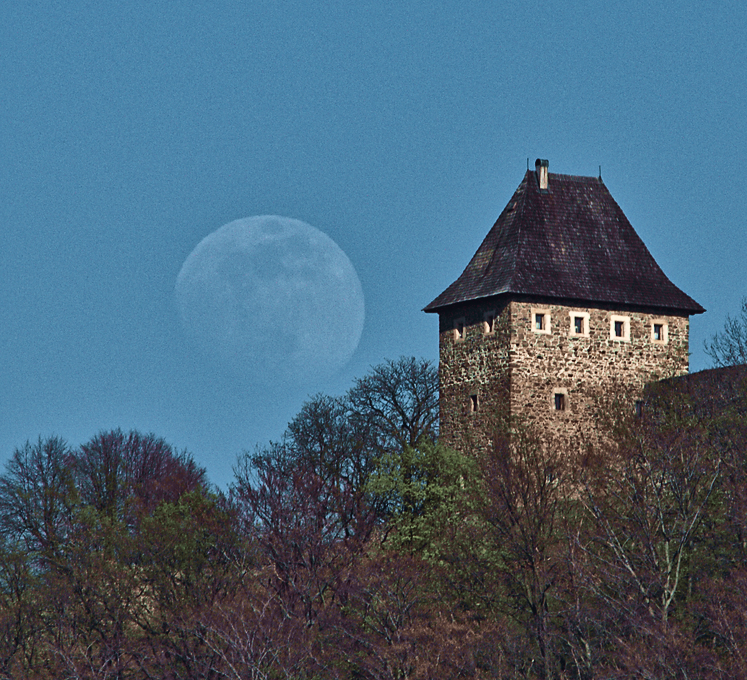
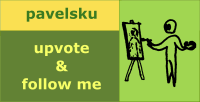
Wine už bohužel nemám, tak aspoň !BEER
!BEER